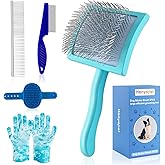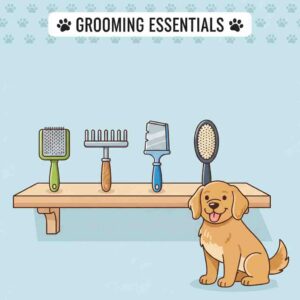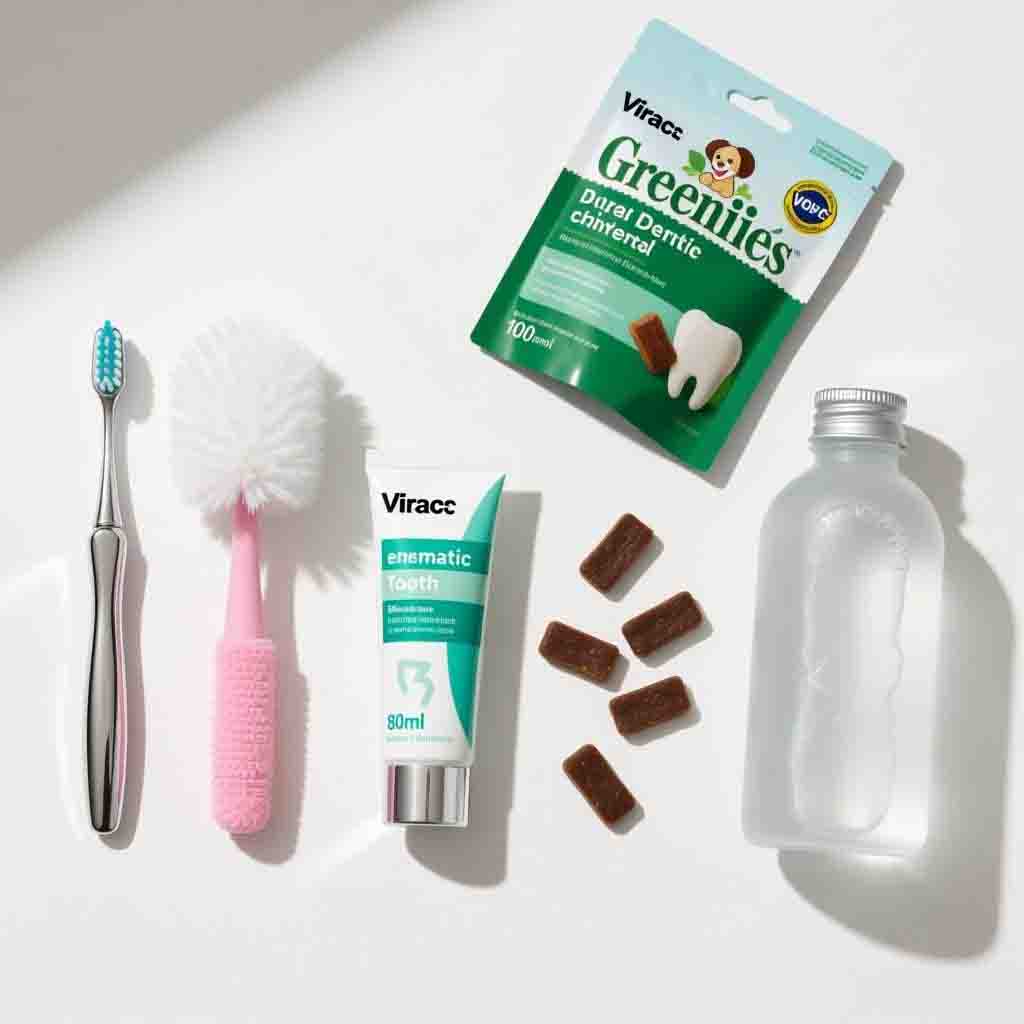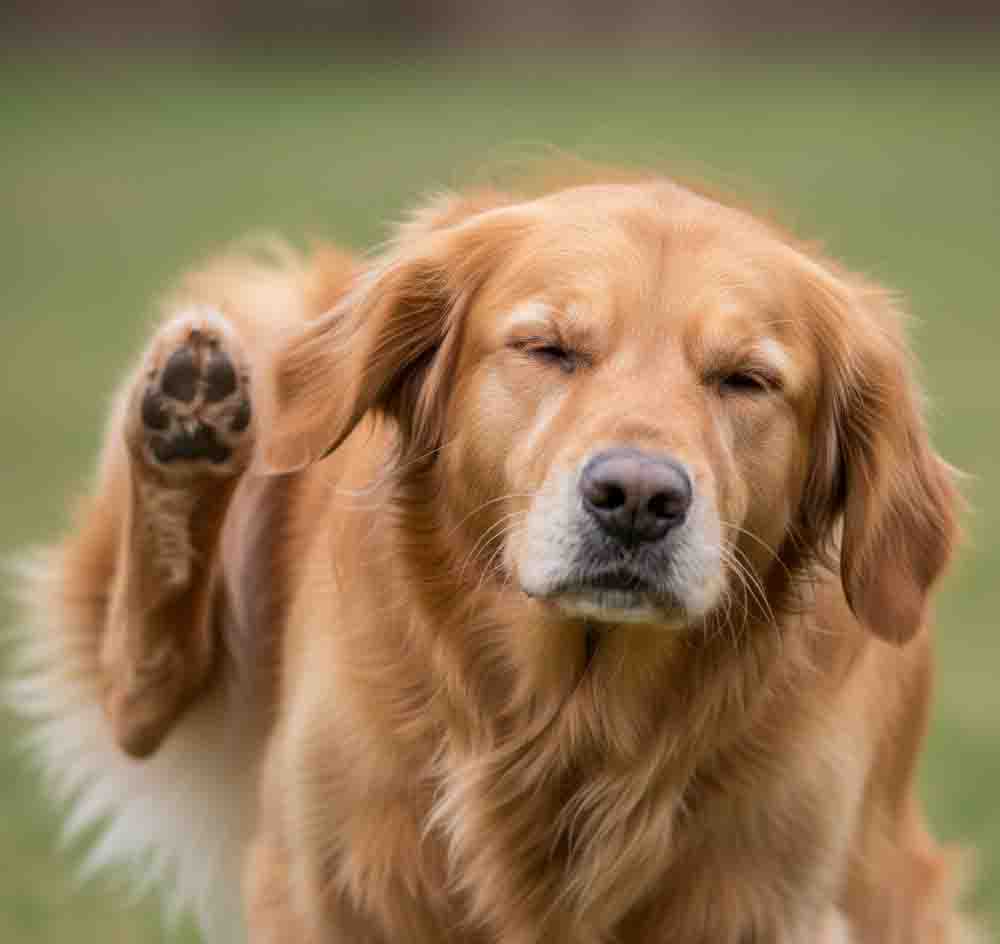More Than Just a Brush: It’s a Health Check and a Bonding Ritual
Regular brushing does far more than just control shedding around your house. It is a cornerstone of preventative healthcare. A proper grooming session distributes natural skin oils, stimulates blood flow, prevents painful mats, and gives you a chance to check for lumps, bumps, or parasites. Perhaps most importantly, it becomes a quiet, trusting moment between you and your pet. Using the wrong tool, however, can make this ritual stressful and ineffective.
Slicker Brush for Dogs, Doodle & Poodle Brush for Long Haired Dog, Dog

The One-Minute Coat Assessment: What Are You Working With?
The first step is to identify your pet’s primary coat type. This will immediately narrow down your tool choices.
-
Short, Smooth Coats: (e.g., Beagles, Boxers, Dobermans)
-
Double Coats: (e.g., Golden Retrievers, Huskies, German Shepherds)
-
Long, Flowing, or Silky Coats: (e.g., Yorkshire Terriers, Maltese, Afghan Hounds)
-
Curly or Wavy Coats: (e.g., Poodles, Bichon Frises, Curly-Coated Retrievers)
Matching the Tool to the Task: A Practical Guide
Here is a breakdown of essential grooming tools and the coat types they are designed for.
1. The Slicker Brush: The Universal Detangler
-
What it is: A rectangular brush with fine, short wires pinned on a flexible base.
-
Best For: Nearly all coat types, especially long-haired and curly-haired pets. It’s excellent for removing mats, tangles, and loose undercoat.
-
How to Use: Use gentle, short strokes. For best results, follow up with a comb to ensure no small tangles are left behind.
2. The Undercoat Rake: The Shedding Solution for Double Coats
-
What it is: A tool with longer, widely spaced teeth designed to reach through the topcoat and pull out the soft, dense undercoat.
-
Best For: Double-coated breeds during their heavy shedding seasons.
-
How to Use: Apply gentle pressure and pull through the coat. This tool is a game-changer for reducing the incredible amount of loose fur these breeds can hold.
3. The DeShedding Tool: The Ultimate Fur Minimizer
-
What it is: Features a blade that reaches close to the skin to safely capture and remove the loose undercoat before it can shed onto your furniture.
-
Best For: Double-coated breeds and any heavy-shedding pet.
-
How to Use: Use in long, smooth strokes over the pet’s body. A little goes a long way; overuse can damage the topcoat.
4. The Bristle Brush: The Finishing Touch
-
What it is: A brush with natural or synthetic bristles of varying density.
-
Best For: Short-haired coats and as a final polish for long-haired coats. It’s excellent for removing surface dirt and distributing oils for a healthy shine.
-
How to Use: Long, gentle strokes in the direction of hair growth.

Transforming Grooming from a Chore to a Delight
The right tool makes all the difference. A dog that once hated brushing may simply have been experiencing discomfort from the wrong brush. When you use a tool that effectively and gently does its job, the entire experience becomes positive.
-
Start Slow: Begin with short sessions, offering plenty of praise and high-value treats.
-
Check Your Pressure: Be gentle, especially with tools like slicker brushes and rakes. The goal is to groom the skin, not scratch it.
-
Be Consistent: Regular, brief grooming sessions are far more effective and enjoyable than infrequent, long ones.
Conclusion: An Investment in Well-Being
Choosing the correct grooming tool is a small investment that pays massive dividends. You’ll spend less time vacuuming, enjoy a pet with healthier skin and a shinier coat, and strengthen the bond you share through positive, caring touch.



